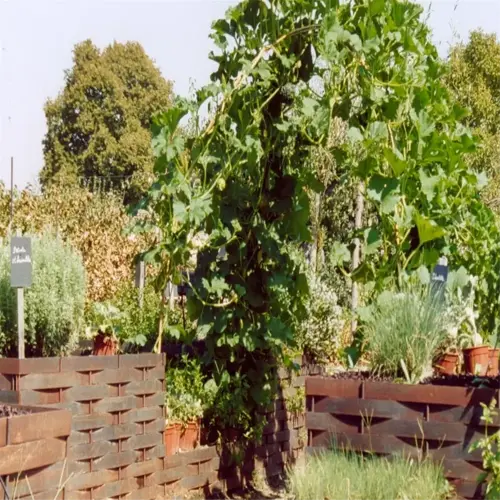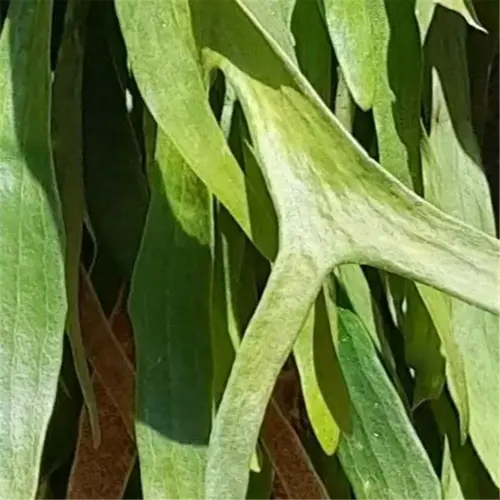What soil conditions worsen black spot?

Written by
Olivia Mitchell
Reviewed by
Prof. Samuel Fitzgerald, Ph.D.Black spot roses have a hard time surviving heavy, saturated soils. In my experience diagnosing gardens, I have seen a lot of heavy clay soils and acidic soils (pH below 6.0) create a perfect breeding ground for fungal pathogens. If you amend the soil with gypsum and compost, it changes the environment from a death trap to a healthy rose bed. I recommend that you check the soil at least once a year. If you don't, you could be headed for trouble.
Problematic Soil Traits
- Heavy clay with slow drainage
- pH below 6.0 (ideal for fungal growth)
- Compacted layers preventing root oxygenation
Proven Solutions
- Add 2-4 inches of compost yearly
- Mix gypsum to break up clay (10 lbs/100 sq ft)
- Test pH every spring; apply lime if below 6.0
A rose garden, located near Seattle, owned by one of our clients, was suffering from a persistent black spot disease even though fungicides were being applied. Upon investigation, a soil test revealed a pH of 5.4 and approximately 80% clay. A brief application of 3 inches of compost and gypsum at a rate of 50 lbs per 100 sq. ft. was completed. Within the year, the disease incidence declined by 70%.
For Clay Soil
- Till in coarse sand (1 part sand to 2 parts soil)
- Top-dress with aged manure each fall
- Install French drains if water pools >1 hour after rain
For Sandy Soil
- Add peat moss to retain moisture (3 cu ft/100 sq ft)
- Use biochar to stabilize pH (5 lbs/100 sq ft)
- Mulch heavily with shredded bark to slow drainage
Instead of guessing, test it; I buy $20 pH test kits at my local nurseries. For accuracy, sample soil 6 inches down, keeping your sampling near the drip lines. If the test indicates that you have acidic soils under 6.0, apply a pelletized lime product rate of 5 lbs/100 sq ft. After 4 weeks of application, test again until you determine that the pH is consistently above 6.2.
Read the full article: Black Spot Roses: Prevention & Treatment Guide

